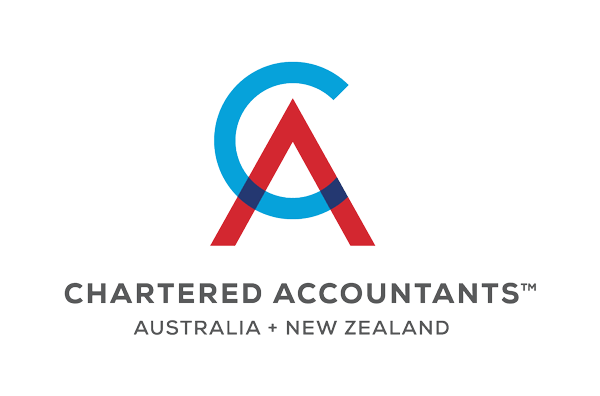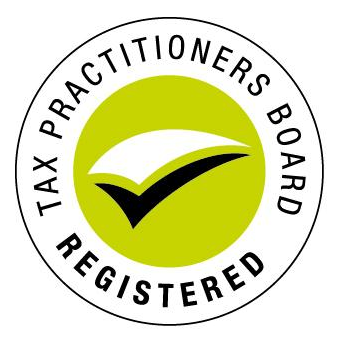Evidencing SMSF property valuations
The ATO recently clarified the evidence that is required to support real property valuations within SMSFs, particularly in light of the unique challenges brought about by COVID-19.
Under SMSF regulations, assets must be valued at market value in an SMSF’s accounts and financial statements each year. SMSF auditors need to be in possession of sufficient appropriate audit evidence to support the value of a fund’s investments.
It’s worth noting that in 2018, the most common contravention identified by auditors and referred to ASIC was about such valuations. Before a change to regulations in July 2012, the compliance burden was less onerous; fund assets were only required to be valued every three years (except where the fund was paying a pension or it held in-house assets).
THE ATO’S CLARIFICATION
In October 2020, the ATO updated its website clarifying the objective and supportable evidence needed to support real property valuations. The ATO listed the following examples of various items it considered may be useful:
- independent appraisals from real estate agents (ie, kerb side valuations)
- sales contract (provided the purchase is recent and no events have occurred to the property that could materially impact its value since the purchase, such as perhaps a global pandemic or natural disaster)
- recent sales of comparable property in the area
- rates notices — provided they are consistent with other evidence on valuation
- net income yield of commercial properties. (The ATO notes, however, that this on its own is not sufficient and is only appropriate where tenants are unrelated.)
EXTERNAL VALUATIONS
It’s important to note that an external valuation using a qualified independent valuer is not required in the normal course of events (but would obviously assist). However, a trustee should consider an external valuation where the property represents a significant proportion of the fund’s value. Expert valuations should also be considered where an event has occurred, such as a natural disaster, which may significantly alter the property's value. Where an external, expert valuation is not used, objective and supportable evidence must form the basis of the valuation each year.
The evidence should also be contemporaneous. That is, it should as much as possible support an end of year 30 June valuation. This is particularly the case where the market is volatile. Perhaps the take-away point with supporting evidence, is that it should be a mix of relevant material that the auditor is furnished with, rather than a single item listed above. Although not listed in the ATO's October communique, in the past few years there has been a rise of online valuation providers. The ATO has stated that a valuation from this source would also be acceptable.
MARKET VALUE
For background, market value in relation to real property and other SMSF assets means the amount that a willing buyer of the asset could reasonably be expected to pay to acquire the asset from a willing seller. Generally, the ATO will accept a fund’s determination of market value where:
- it does not conflict with the “Valuation guidelines for SMSFs” (available on the ATO's website)
- there is no evidence that a different value was used for any corresponding CGT event, and
- it was based on “objective and supportable data”.
AUDITOR ROLE
To be clear, it’s not the auditor’s job to undertake a valuation. Rather, it is the trustee’s responsibility to provide their auditor with the documents that are requested to support the market valuation of SMSF assets, including real property.
The auditor should seek evidence that shows how the asset was valued, including the method used and the data on which the valuation was based. On the property front, although real property investments are generally less susceptible to short-term market volatility compared with shares or certain other financial instruments, values can nonetheless fluctuate significantly in the short-term. This is particularly the case when the economy experiences an unexpected shock, such as that brought about by COVID-19.
COVID-19 IMPACTS
For SMSFs that hold real property, COVID-19 and the accompanying government restrictions have made accurate valuations more difficult. Some investors are holding off purchasing property as they wait to understand the full fallout of the pandemic.
The pandemic resulted in some business failure among real estate agencies, and hence made it more difficult to obtain supporting valuation evidence, including relevant comparisons. Aside from the economic impacts of COVID, government-imposed lockdowns throughout 2020 resulted in many auctions being abandoned and in-person inspections limited or banned. All told, the auditor’s job became more difficult.
The assumptions underpinning the value of various property types are also being challenged by the impacts of COVID-19, making property valuations even more difficult. For instance, stay-at-home orders requiring firms to work remotely may have led to tenants re-evaluating their need for large office space when their lease next comes up. Demand for this style of property may fall away. The value of accommodation facilities (given international travel restrictions), casinos and CBD carparks may also be more difficult to gauge.
RISKS FOR AUDITORS
Auditors face significant potential exposure where they sign-off without sufficient valuation evidence. In one case, the auditor was ordered by the New South Wales Supreme Court to pay more than $2 million in damages stemming from valuation errors. An investment strategy was in place, but the auditor failed to check that the investments were in line with the strategy. As it turned out, the bulk of the unlisted investments were worthless or of substantially compromised value.
The procedures for auditors have not been relaxed for COVID-19. If an auditor is not satisfied of the market value of the real property, they should qualify the financial and compliance report sections of the SMSF independent auditor’s report advising they have been unable to obtain sufficient appropriate audit evidence on the value of the real property.
Without this evidence to verify the value of the real property, the auditor must use their professional judgement to determine whether an auditor/actuary contravention report (ACR) should also be lodged. The ACR should include the reasons why the trustee was unable to obtain the appropriate evidence.
In short, despite the obstacles COVID-19 has thrown up, the compliance rules and procedures for auditors have not changed when it comes to dealing with the valuation of SMSF real property.
TRUSTEE CONCESSIONS
However, in acknowledging the effects of COVID-19, the ATO extended leniency to SMSF trustees. While the ATO has stopped short of providing trustees with a complete COVID-19 "get out of jail free" card when it comes to breaches of valuation regulations, the ATO will be flexible.
During both the 2019-20 and 2020-21 years, if the trustee has difficulty obtaining supporting property valuation evidence due to COVID-19 and this results in the lodgment of an ACR, the contravention will not incur penalties.
Instead the trustee will receive a letter from the ATO advising them to ensure they comply with the ATO’s valuation guidelines and have supporting valuation evidence by the time of their next audit if possible. Repeated contraventions will likely lead to penalties.
TAKE-HOME MESSAGES
It falls to the trustees to provide the auditor with objective and supportable evidence to value SMSF real property (and of course assets within the fund).
Where an expert valuation is not obtained, trustees should provide the auditor with the type of evidence listed by the ATO. This should involve a range of these items, not just one.
While the impacts of COVID-19 may make attaining reliable valuation evidence more difficult, the auditor’s role has not changed. Contraventions must be dealt with in the usual way. However, the ATO may extend leniency to trustees during the current and previous financial year.








All Rights Reserved by OzLedger.
Liability is limited by a scheme approved under Professional Standards Legislation
All Rights Reserved by OzLedger I Liability is limited by a scheme approved under Professional Standards Legislation | Privacy Policy




